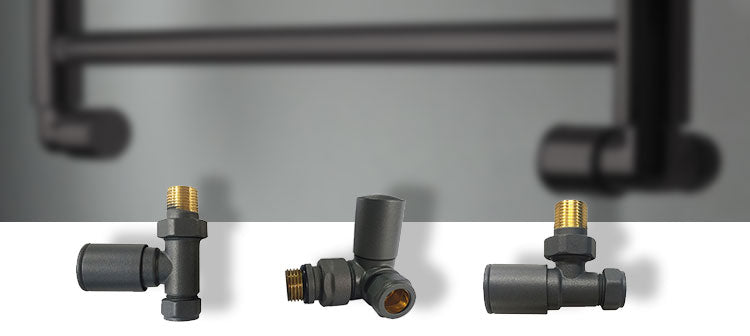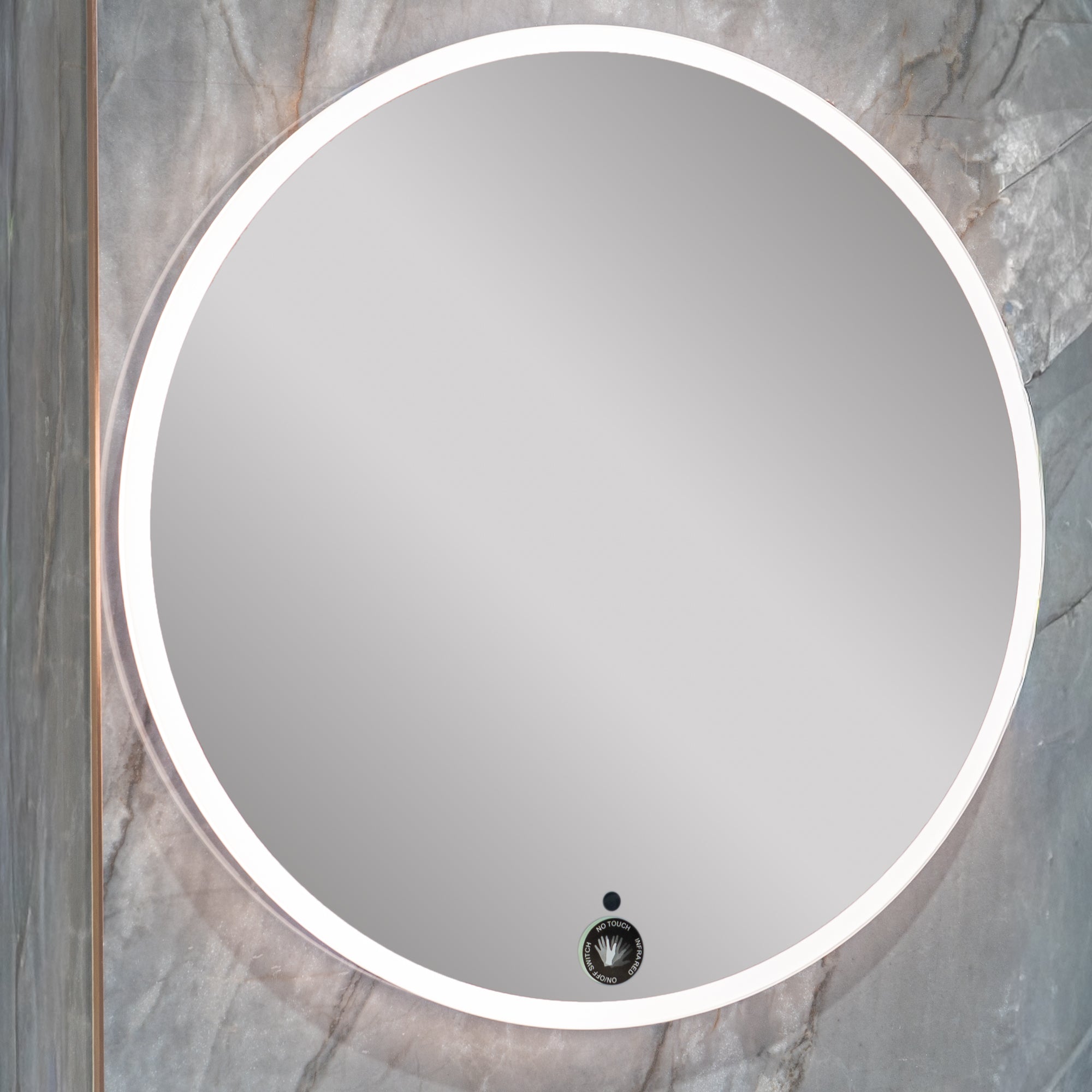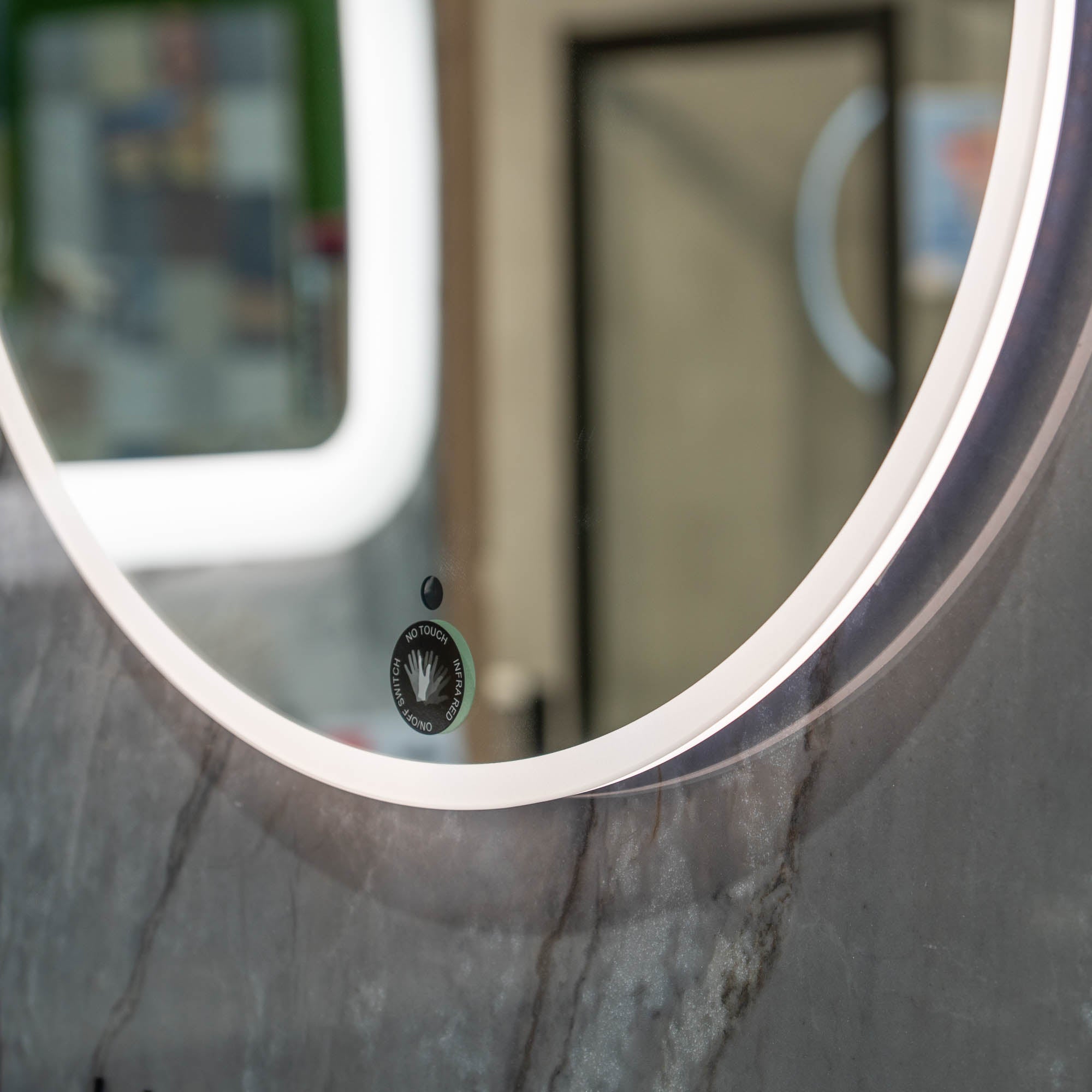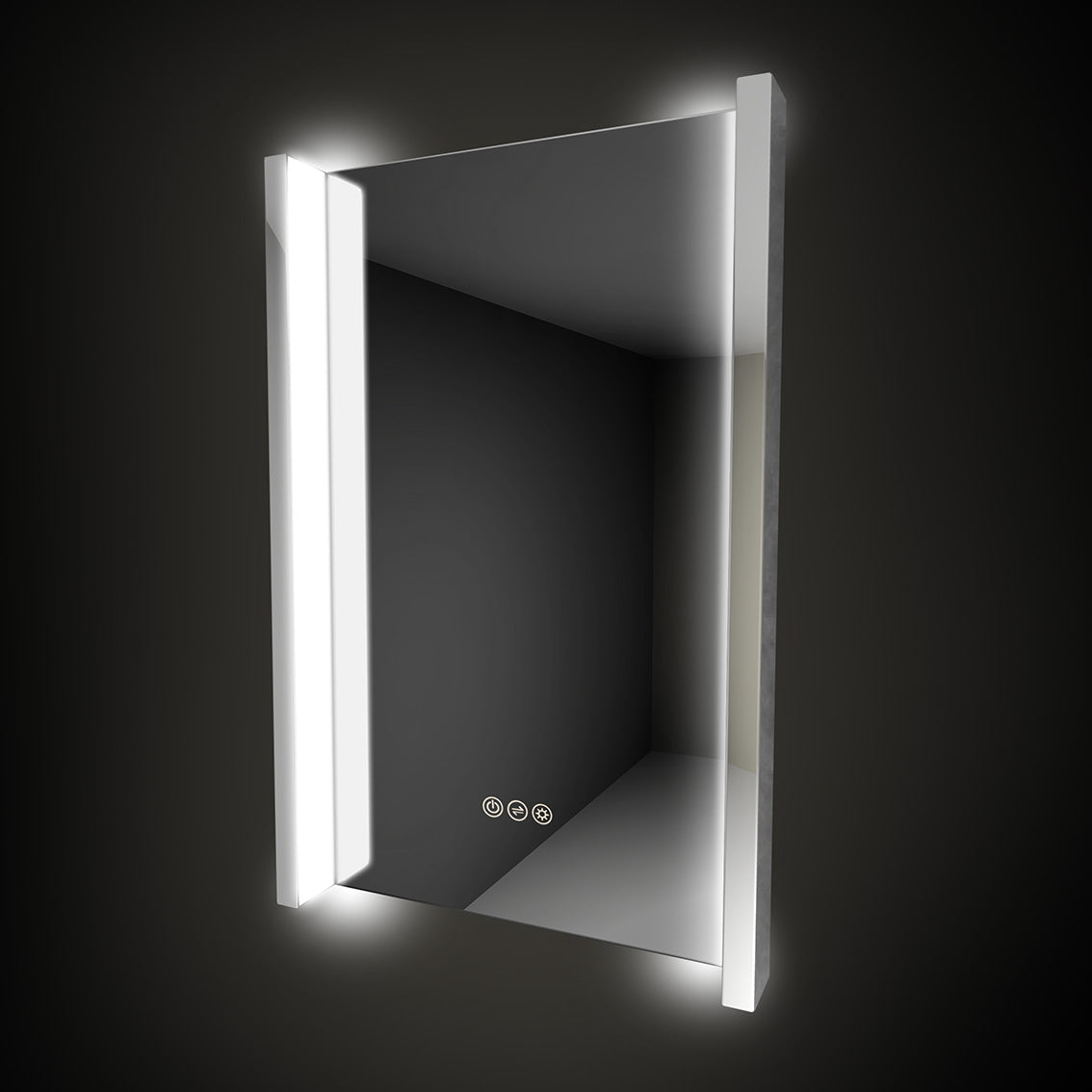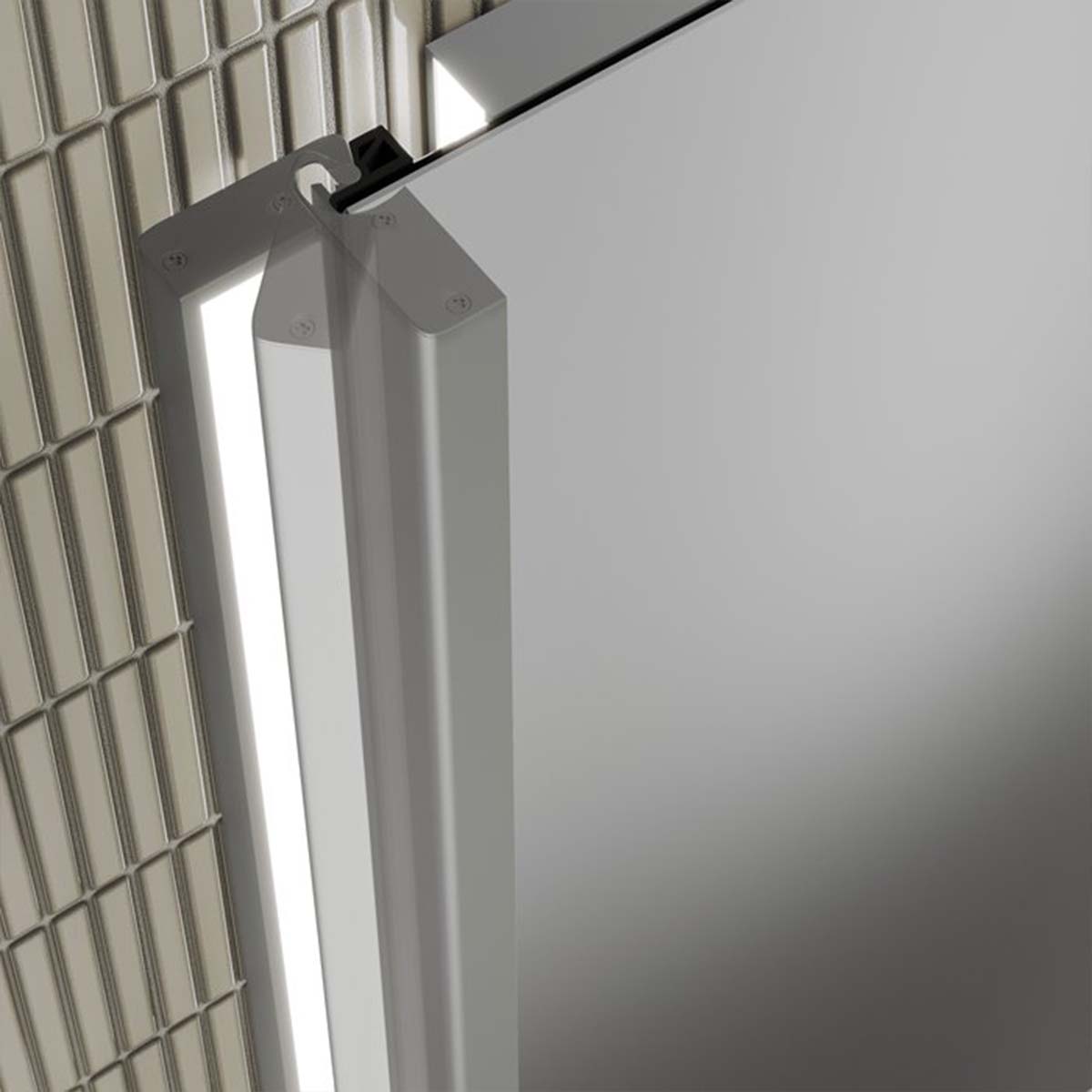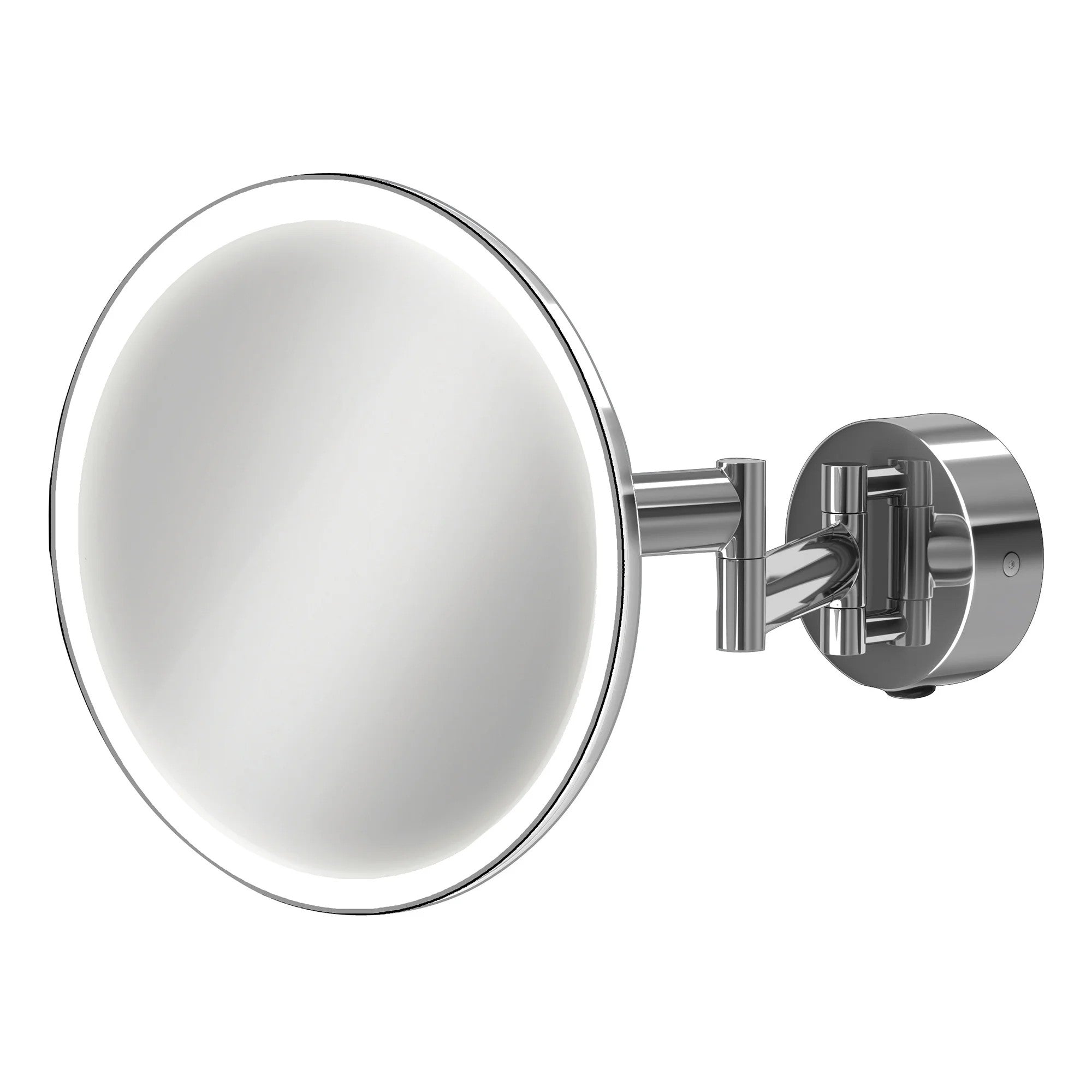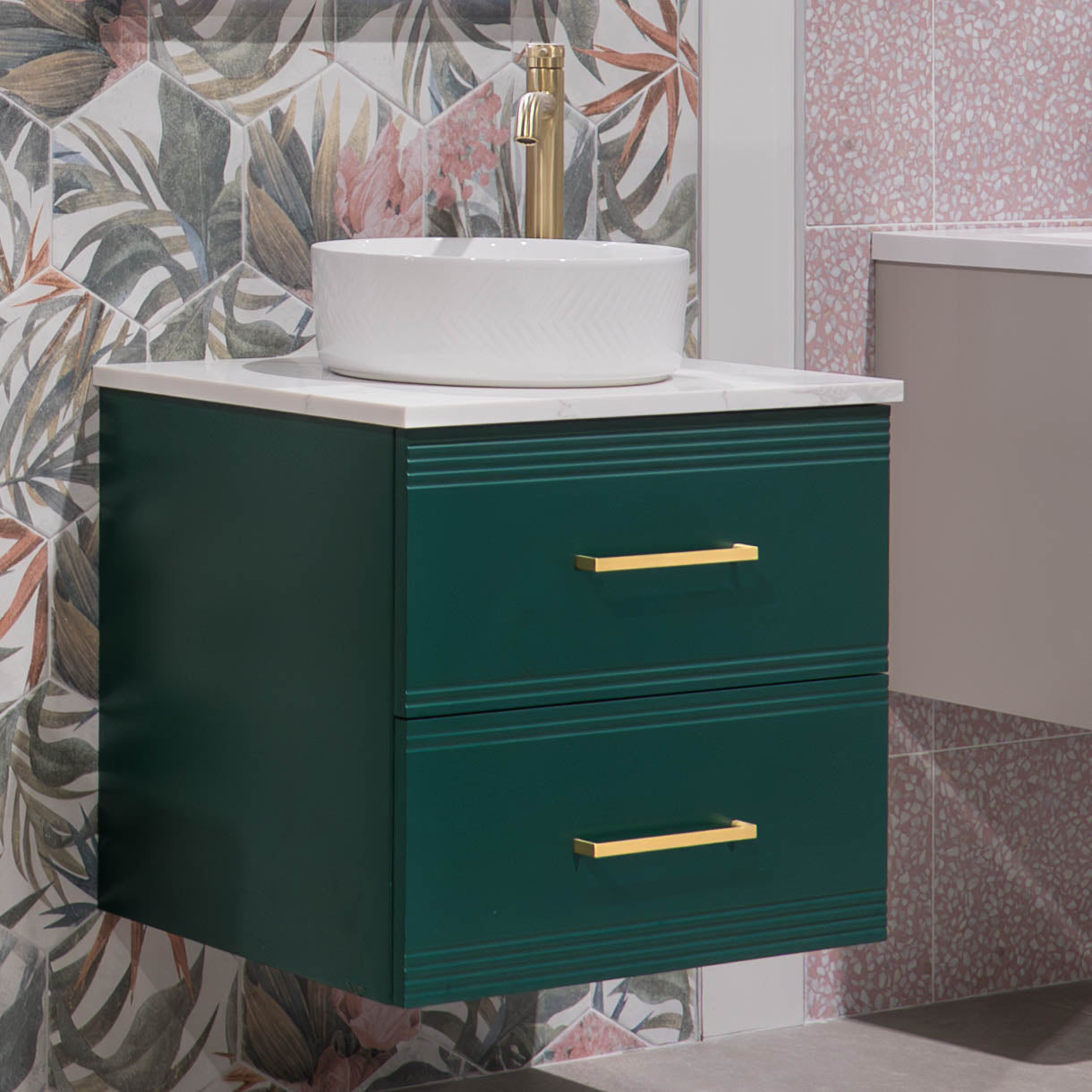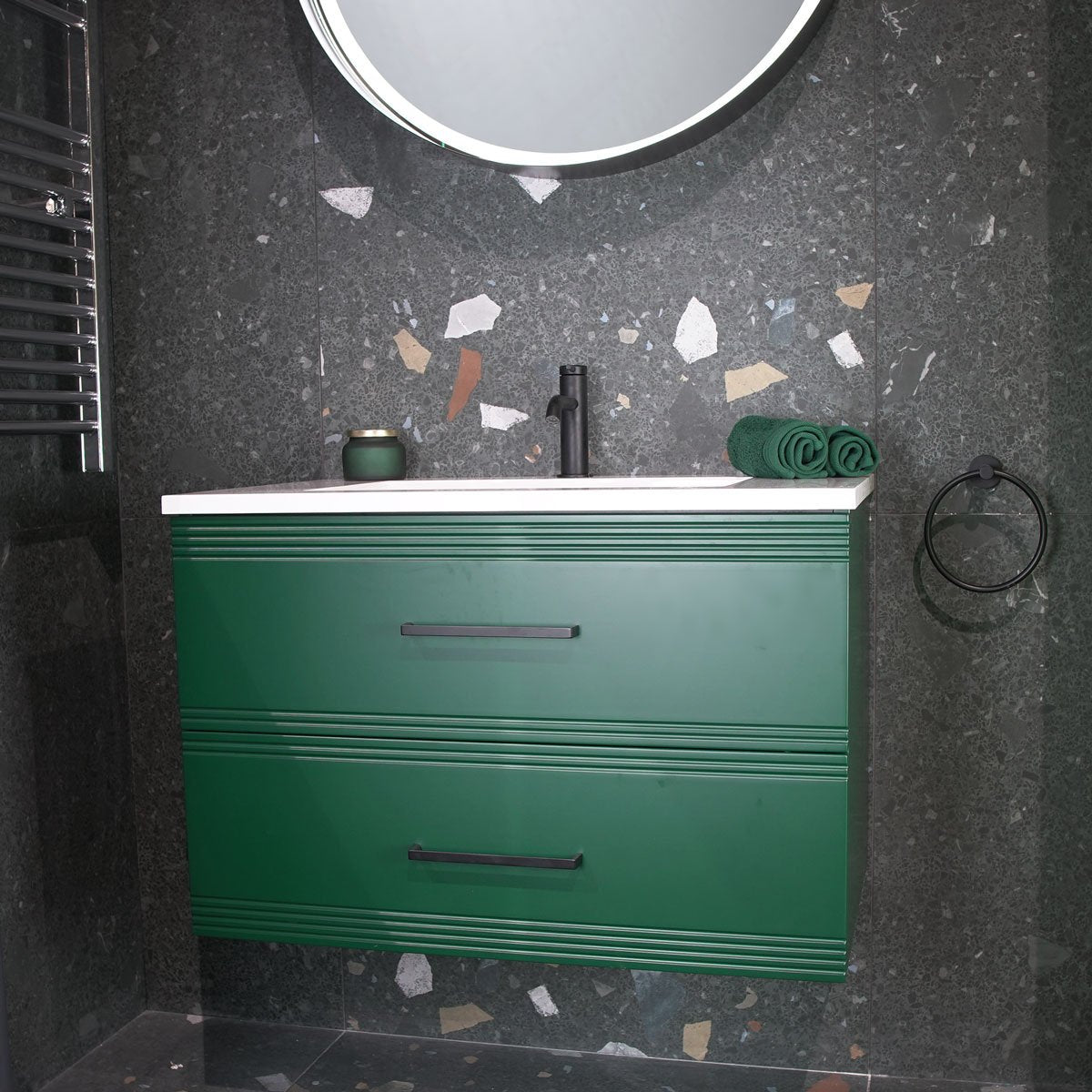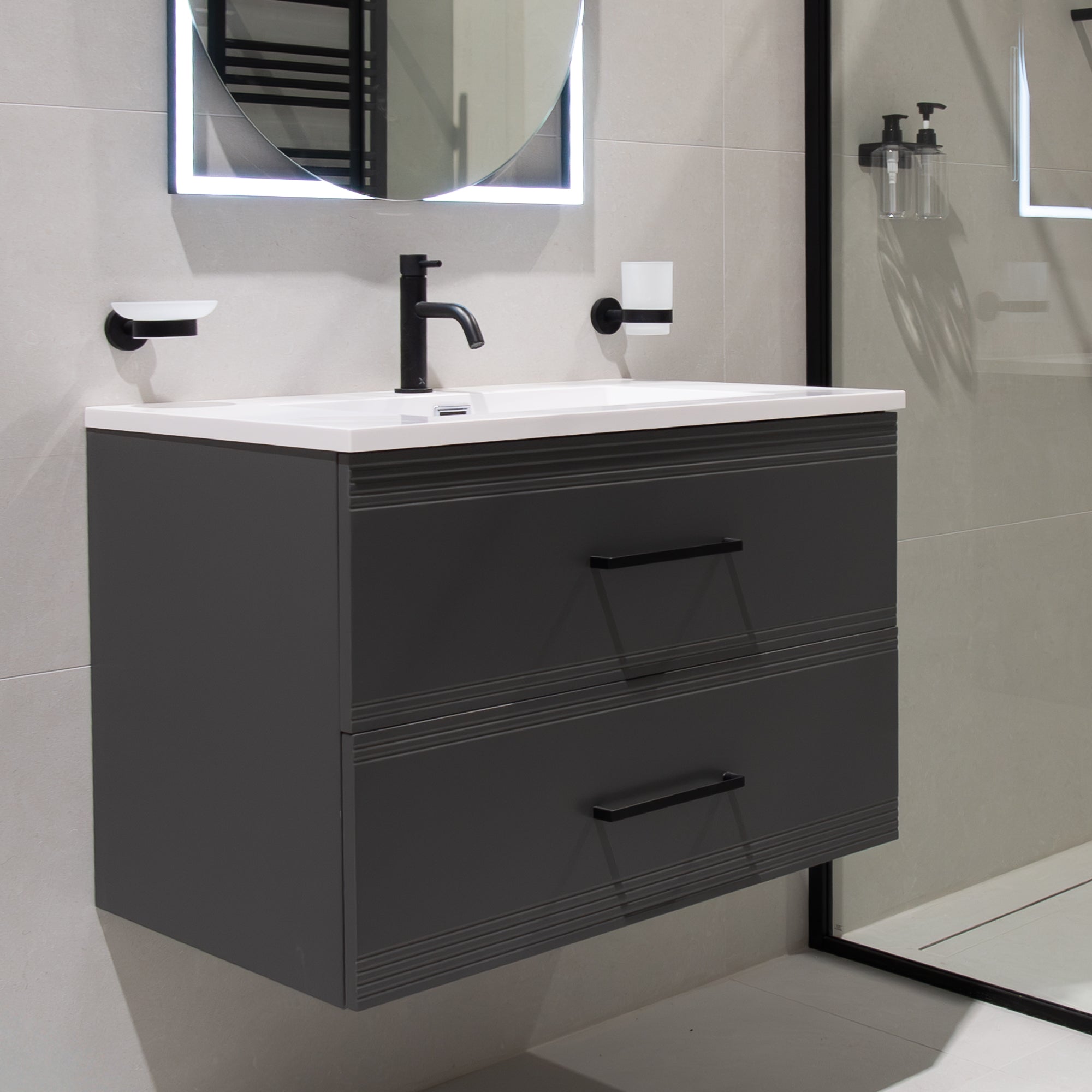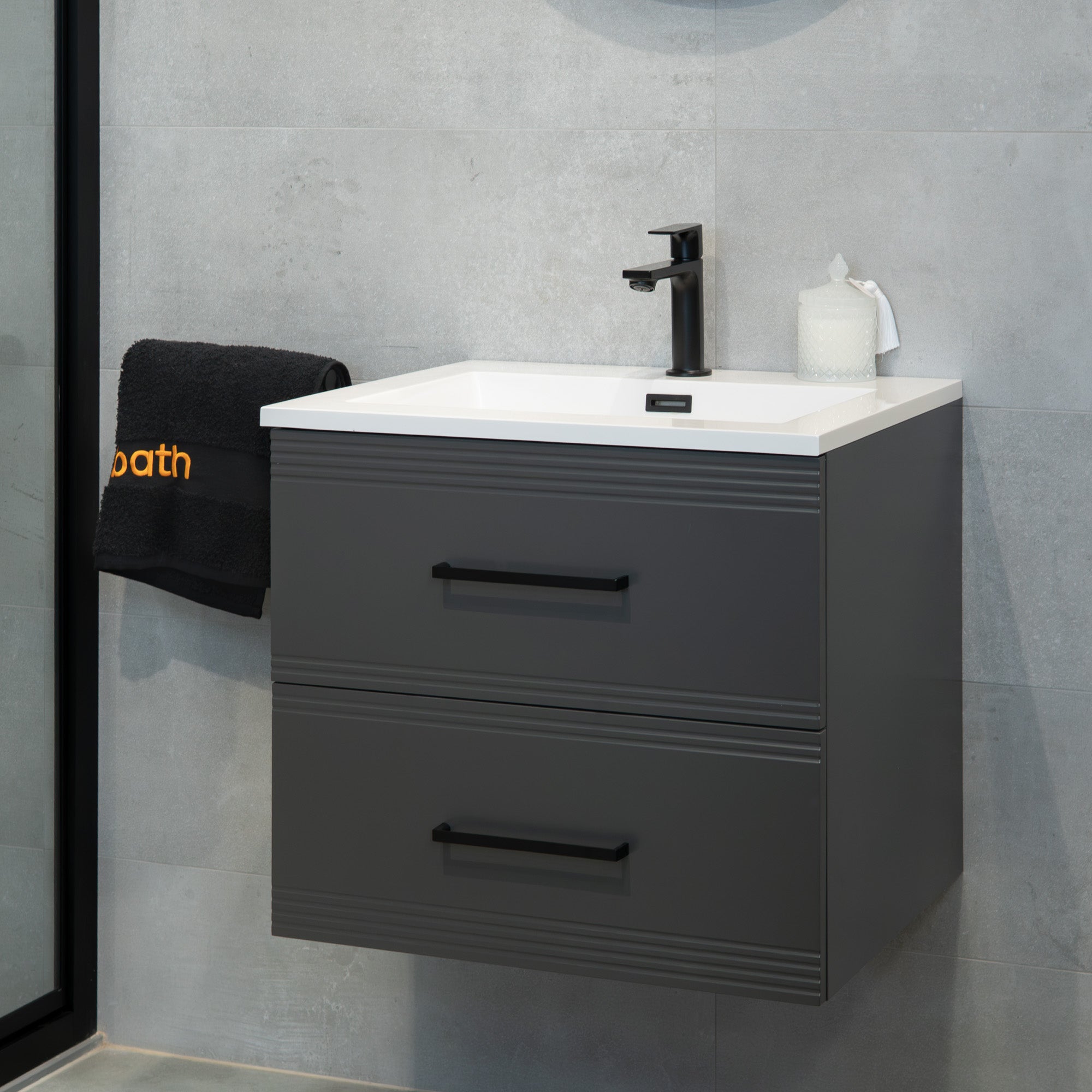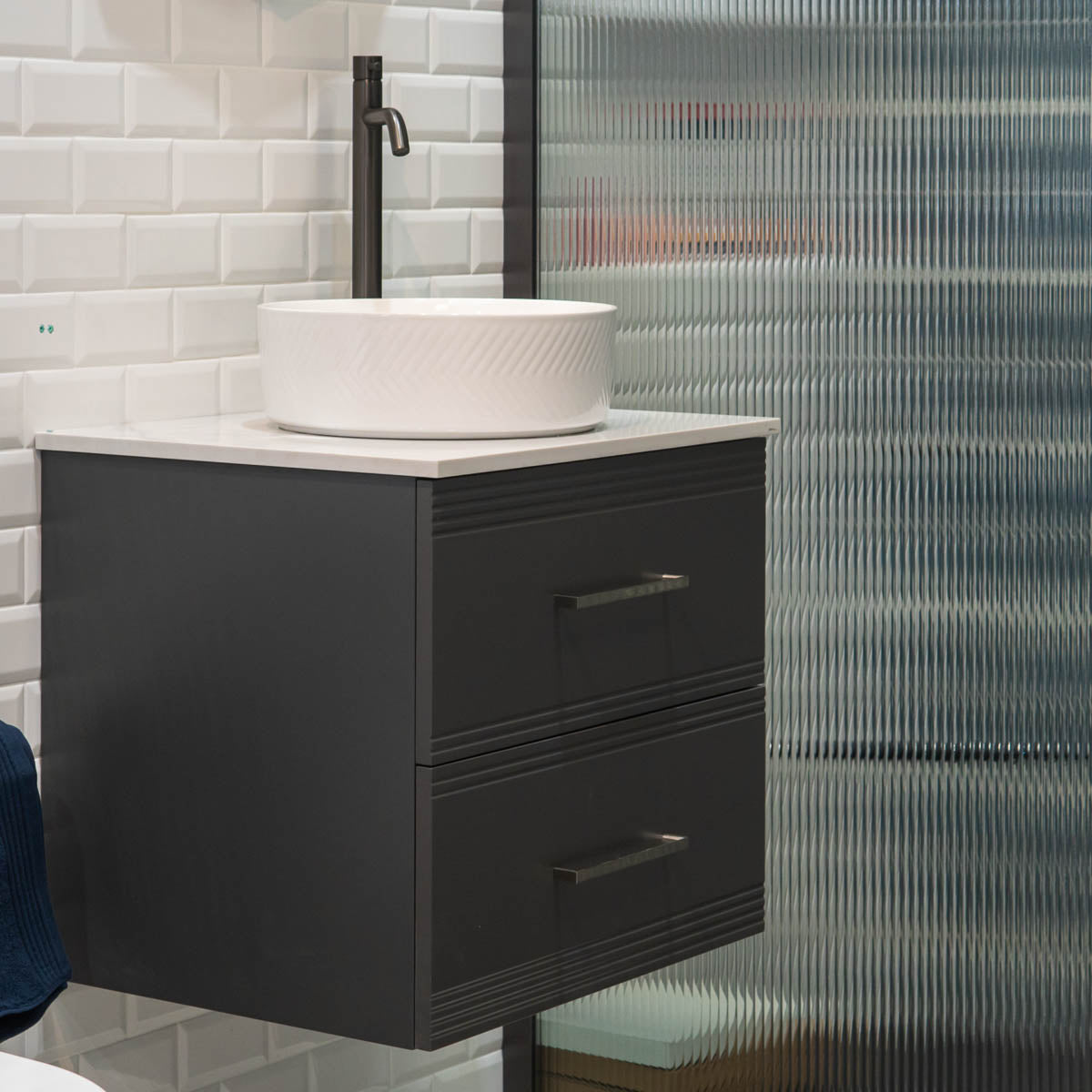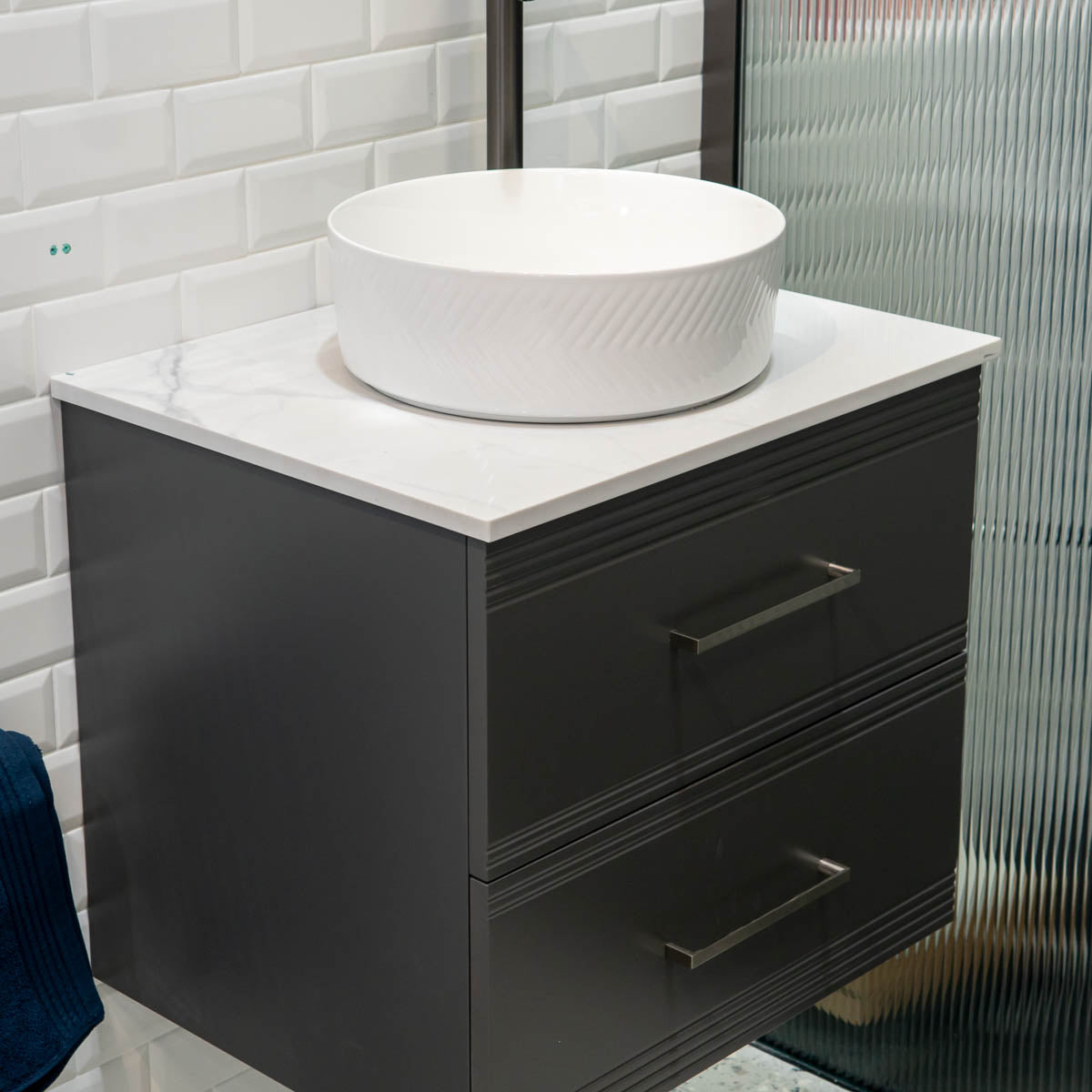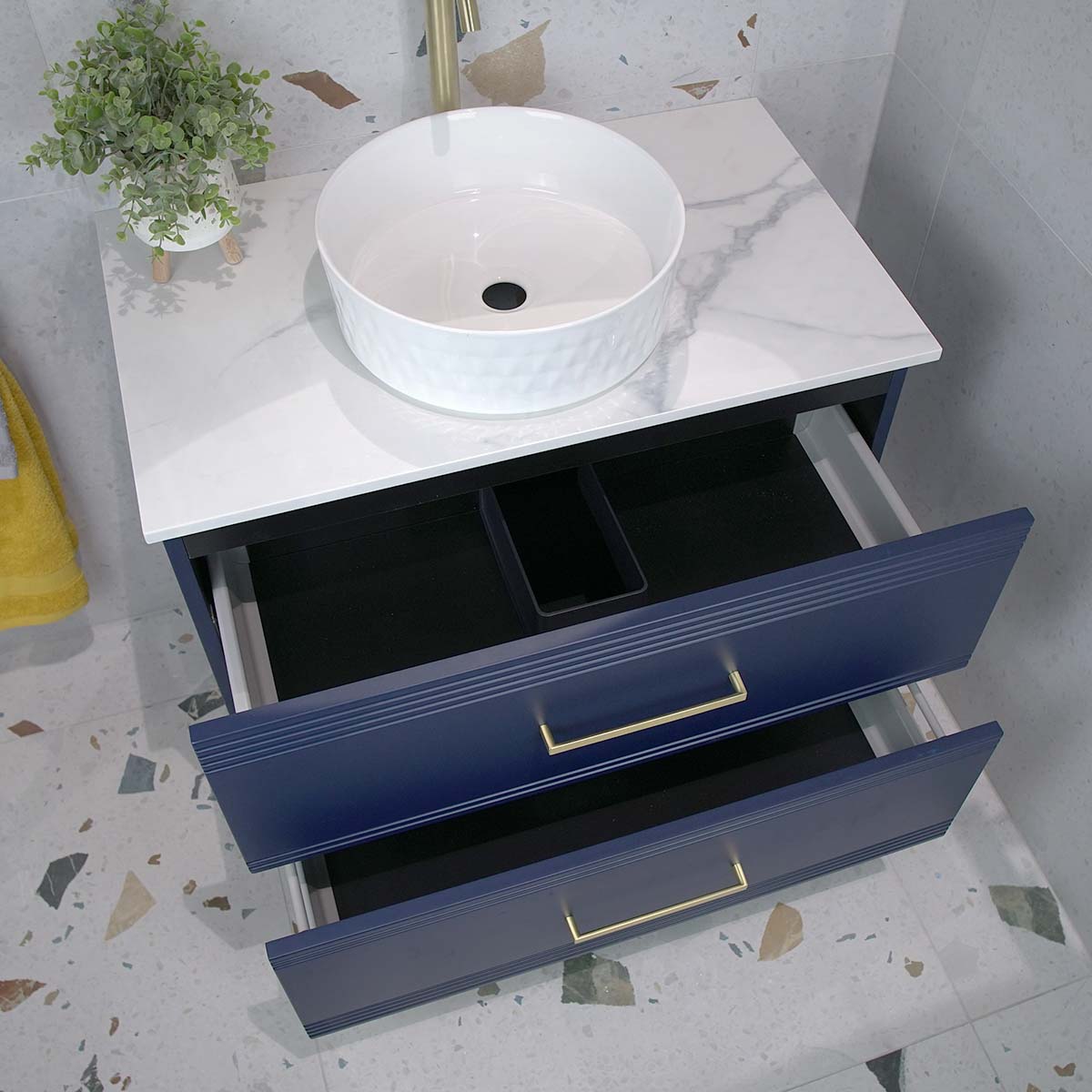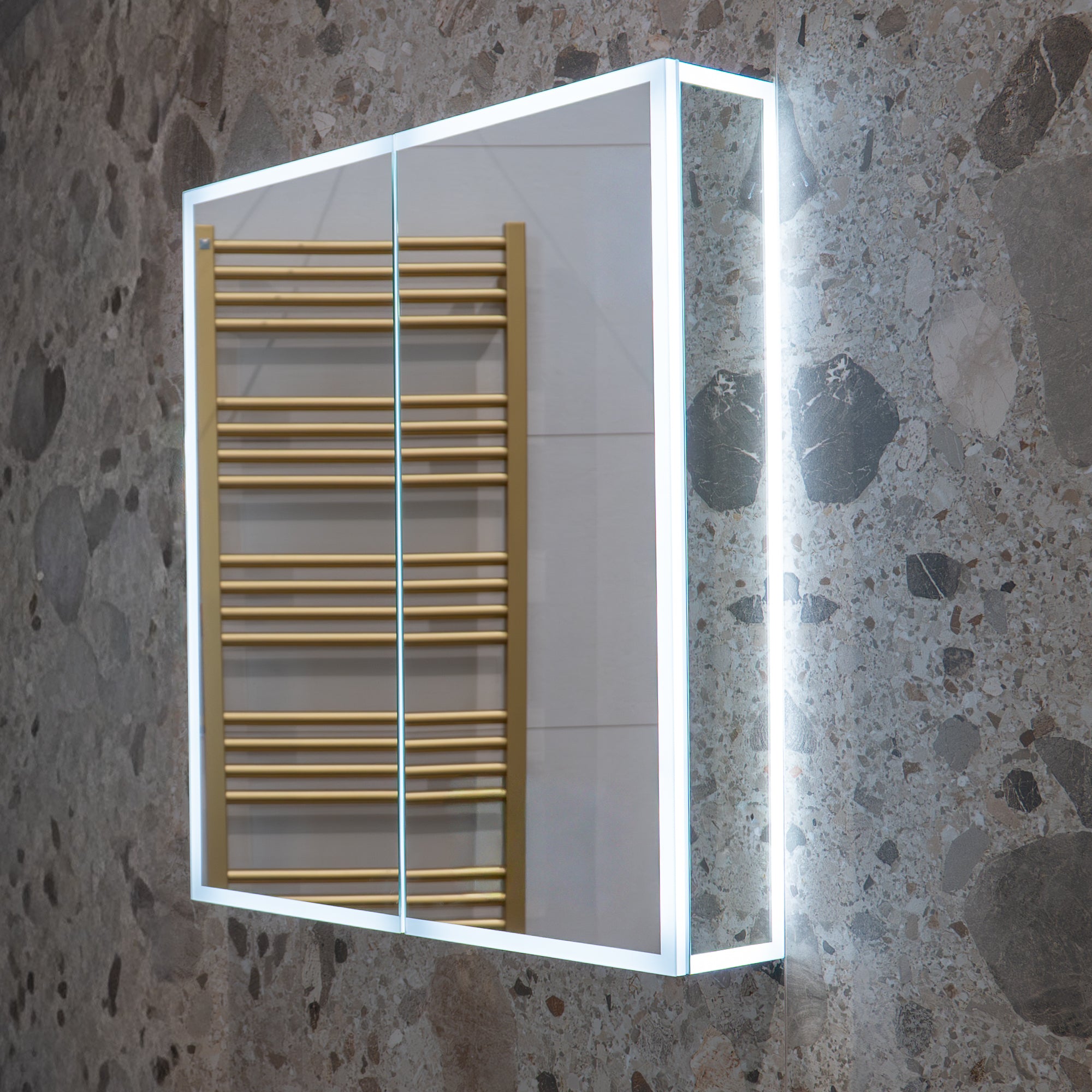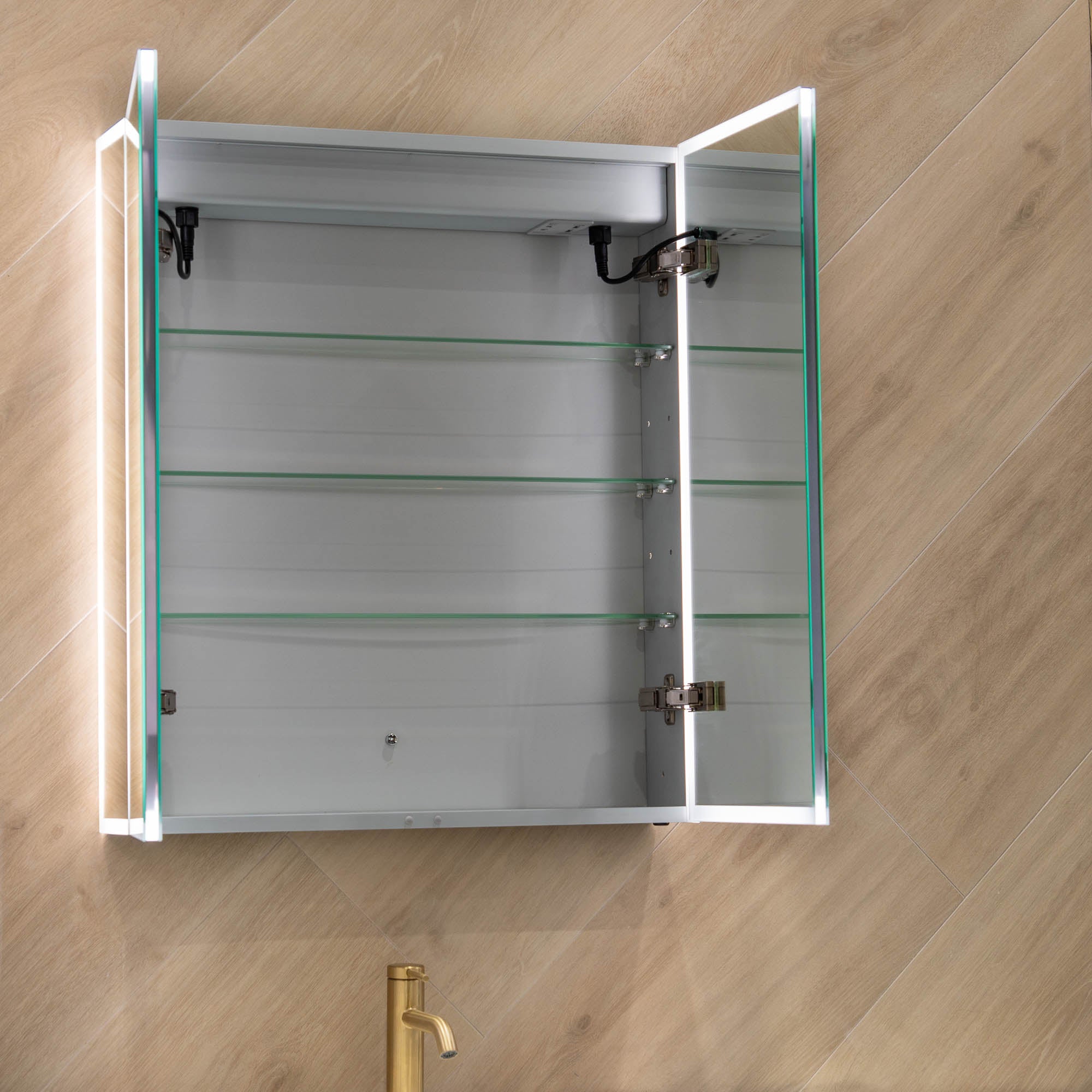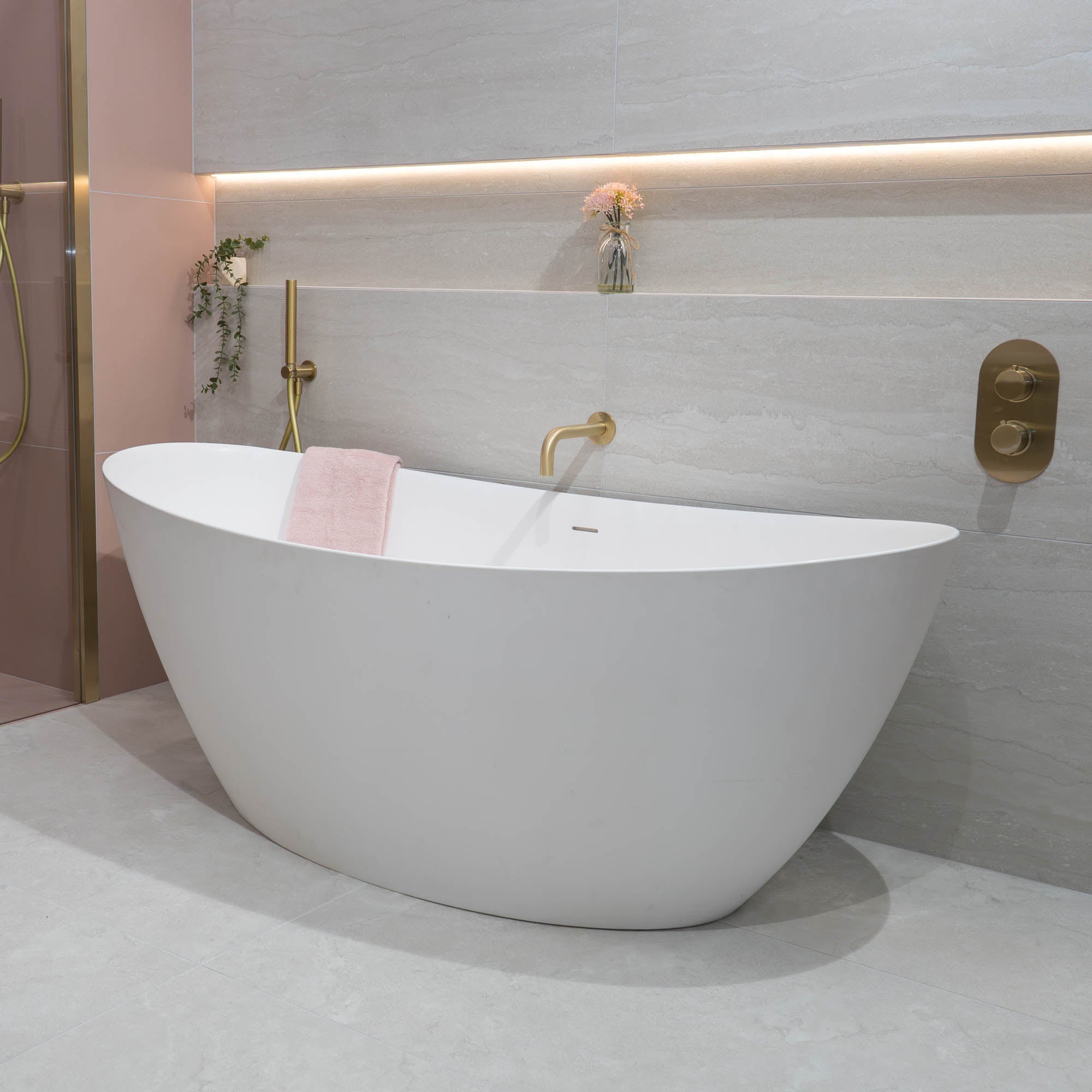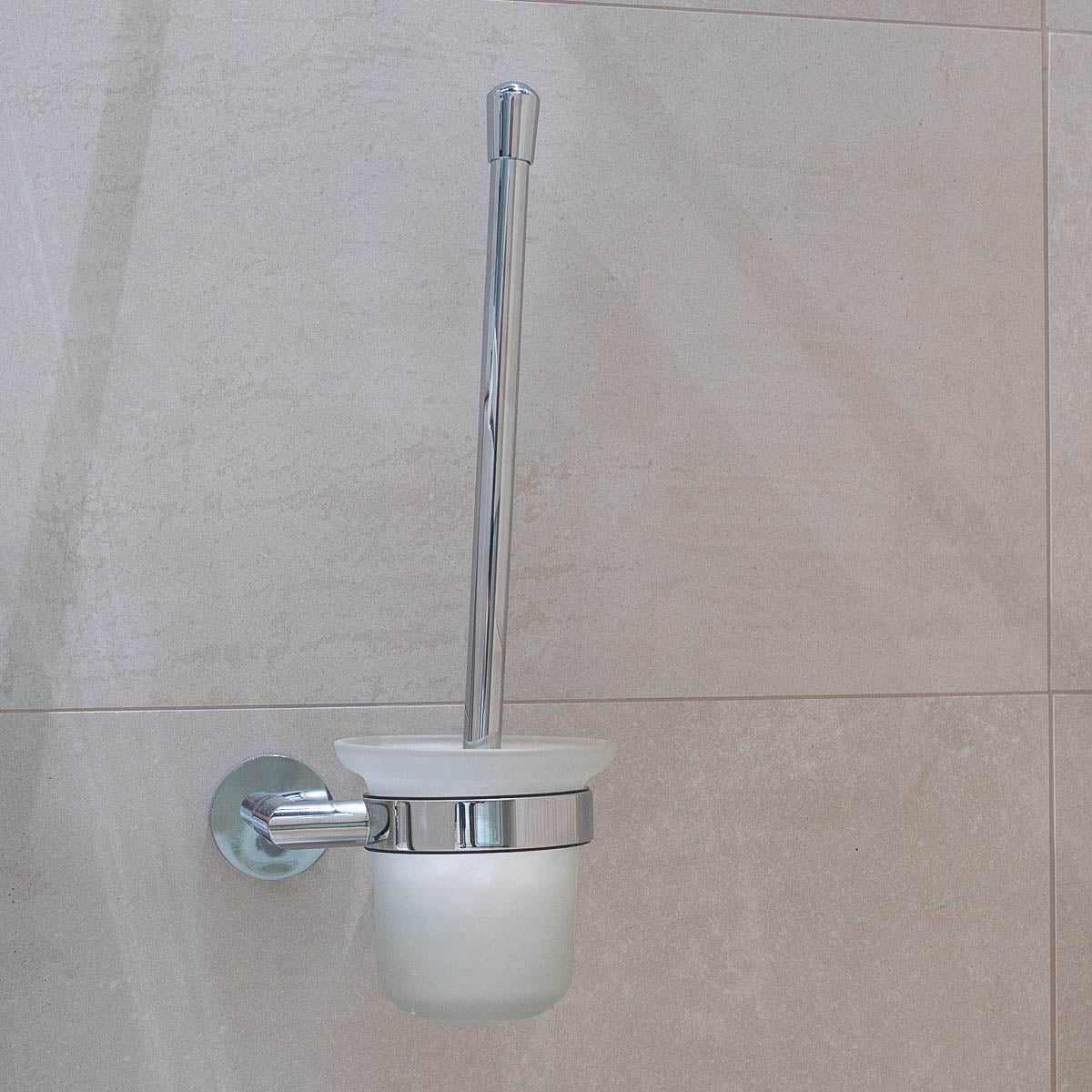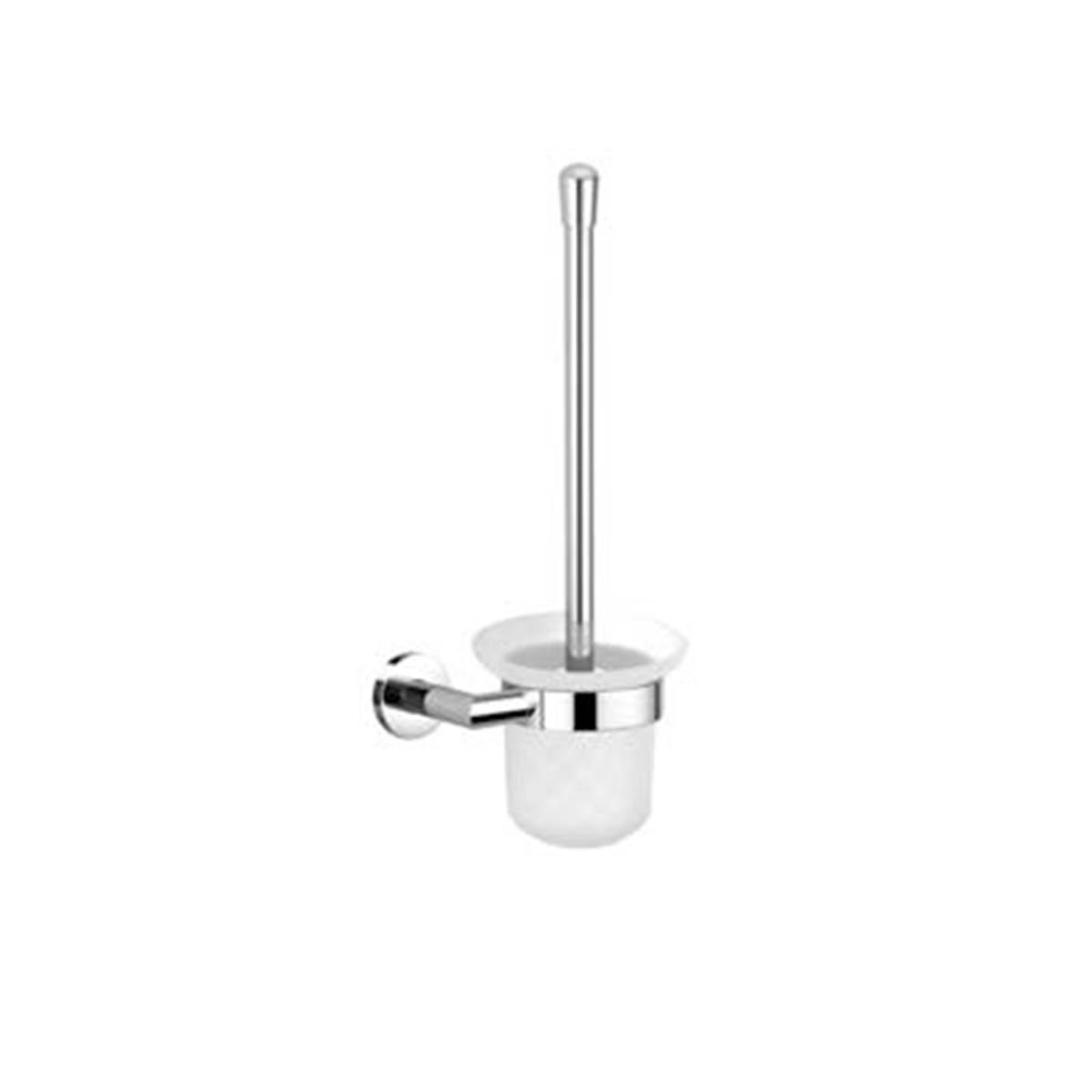What Are The Differences Between Manual and Thermostatic Radiator Valves?
Manual radiator valves work just like a tap, by altering the flow of hot water from the boiler into the radiator. Once the room has reached the temperature you want, you need to turn down the valve yourself to reduce the room temperature.
However Thermostatic valves offer much more control with their built in temperature sensor that will detect when the room has reached the temperature level you want, and automatically shut the valve off, saving on your heating bills. If the temperature drops the heating will come back on to maintain the room temperature at the level you want. You can also control individual radiators to allow varying comfort levels throughout the home.
What is a Radiator Valve?
Radiator Valves are what you see at the bottom of a radiator. The come with a rotational mechanism on top, allowing you to control how much heat the radiator outputs, similar to how a tap can control the flow of water.
Every radiator will have two valves; one to control the amount of hot water entering the radiator and the other, commonly known as a 'lockshield valve,' which will control how much heat comes out of your radiator.
Generally, the lockshield valve is covered with a plastic cap and controls how much water flows out of your radiator. This can be either flow back into the pipework or to remain inside your radiator. The lockshield valve is usually fixed to prevent it from being turned.
What are the Types of Radiator Valves?
Manual Radiator Valve
Manual radiator valves like seen in our Collection are the most common form of radiator valve and they work in the manner the name suggests; you have to turn the dial to adjust the temperature. Operating in similar concept to how a tap controls the flow of water, the manual radiator valve can adjust the volume of water in the radiator from the boiler with the higher the level on the valve, the higer the volume of hot water in the radiator. Once a room is at the temperature level that you desire you must manually adjust the valve.
Thermostatic Radiator Valve
Thermostatic Radiator valves such as the valves in our Thermostatic Valve Collection give you much more control over the temperature in your home because they have more advanced features. Like a manual valve, you can set the valve to what temperature you’d like a room to be.
The thermostatic valve has a sensor that will detect changes in temperature in your room and once the temperature you want is reached, it will automatically stop the flow of hot water to your radiator and stop it from getting any warmer, helping to prevent any wasting of heat and energy.
What are the Benefits of Manual Radiator Valves?
Serving as the age old standard for radiators, the manual radiator valve is the most commonly used radiator valve making them easy to find in shops and come in more varieties of style. Manual Valves are often less expesive than their thermostatic counterparts and can give you a more focused control over the heating in your house. You can easily adjust the valves in each room to different temperatures which is very useful when you want to heat the home but perhaps want some rooms at a different temperature.What are the Benefits of Thermostatic Radiator Valves?
The benefit of a Thermostatic Radiator Valve is that not only are they more environmentally friendly than manual valves, they can save you money on your home heating bills. By setting the max temperature on your Thermostatic Radiator Valve, you can simply leave it be while the valves manage your home heating. As it is unlikely that every room in the house will need to be set to the same temperature, Thermostatic Radiator Valves showcase their usefulness in preventing the wasting of heat.Important Things to Remember about Radiator Valves
Although certainly a great way to help regulate temperature in your home heating setup. Thermostatic Radiator Valves can be wasted if you're not using them correctly.
As an example, a Thermostatic Radiator Valve should not be fitted to radiator that is in the same room as a wall mounted thermostat. The reason being that the two thermostats will fight each other to increase or decrease the temperature in the room, disrupting the efficiency of the heating of the room.

